How do I visit Scotland on a camper or van?
Are you planning to go to Scotland this year? When you visit Scotland camping-car or as a furnished van, one realizes that the United Kingdom has not stolen its name from Great Britain: a Scottish coastline shredded in nearly 800 islands, breathtaking landscapes, hundreds of lochs (lacs) enfilade encaissé au creux de fjords impressive, a paradise of nature, historic cities mingling with the old and modern beer, pubs where flow
Scotland is Brittany in an improved version. When you come to Scotland by camping-car or van, you will be able to explore the roads of this unique country in Europe, Edinburgh to Glasgow passing through the Highlands and the famous island of Skye, the Speyside or the Lowlands region, while sleeping in the middle of nature on a dream spot, where you like.
This country sometimes forgotten tourists could even be renamed "Spotland" instead of its official name Scotland , so much the sites and the lights it gives to see are grandiose. In May 2019, we went to Scotland on a six-day van: freshly returned, we guarantee that this country gives only one desire: to return! Here’s our mini-guide to visit Scotland by motorhome, van or furnished van.
Also: The 12 most beautiful places to visit in Scotland
Idea of itineraries in Scotland by motorhome
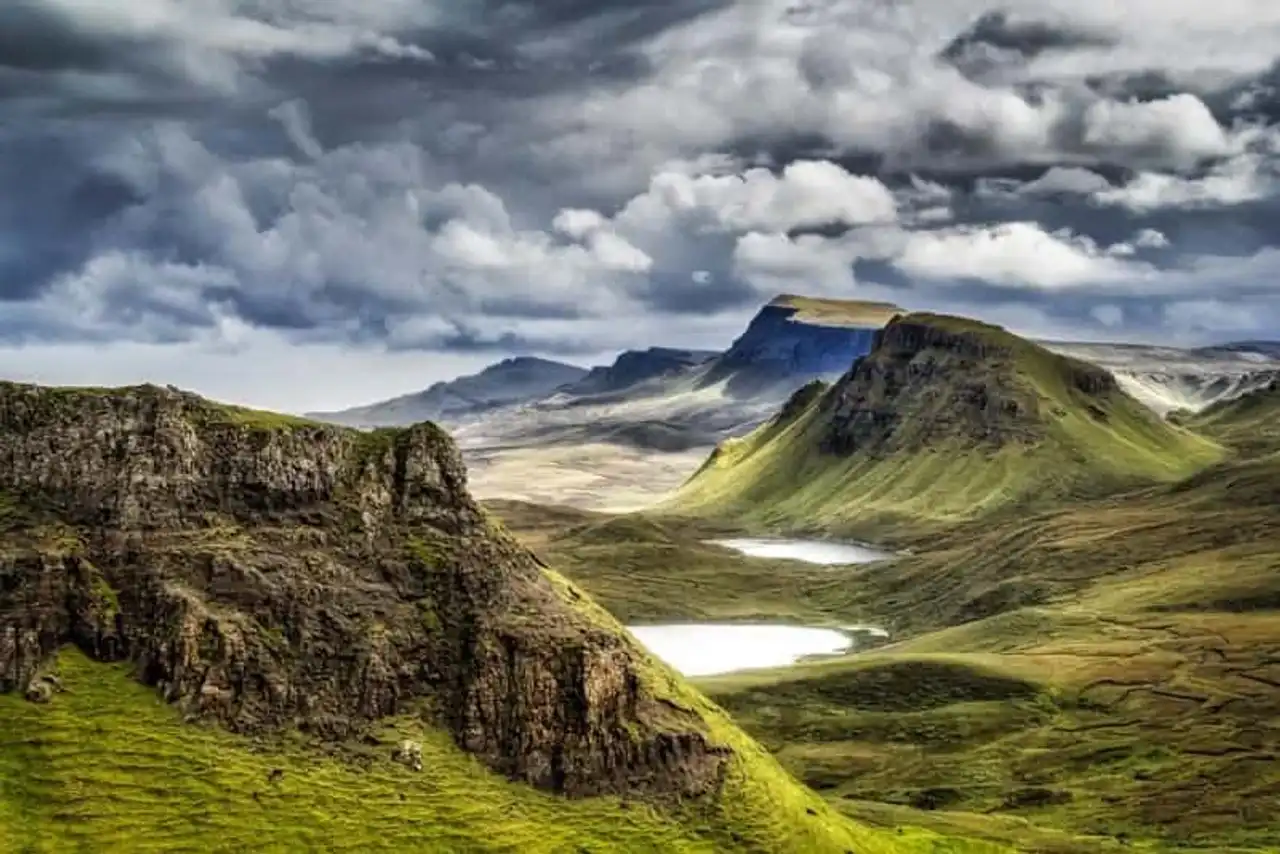
Photo credit: De Kanuman / Shutterstock.com
If you land in Edinburgh or Glasgow, you are strongly advised to rent a motorhome or a furnished van in order to be absolutely free of your travels, without taking you to a hotel room, and to be able to bivouac quietly on the edge of a lake or at the foot of a hiking trail.
Scotland, perched to the north as the studded hair of Great Britain, spans 78,772 km2. It is therefore a great country that puts time to be crossed, especially since the roads are rather narrow. Whether you're visiting Scotland on a camper or van for 7 days, 10 days, 15 days, a month or more, it's better to establish your route depending on the duration of your stay, at the risk of spending time on the road and missing the country's must-sees.
You lose yourself in the development of a course, so there are things to do and see? We understand you... Here is to help you with an indicative mini-guide of routes to be done according to several travel periods:
- 5-7 days: Edinburgh (one or two days), Glencoe, hiking on the Loch Leven (The Pap of Glencoe), the island of Skye (hiking: The Old Man of Storr and/or The Quiraing), the Falls of Fairy Pools, Glasgow,
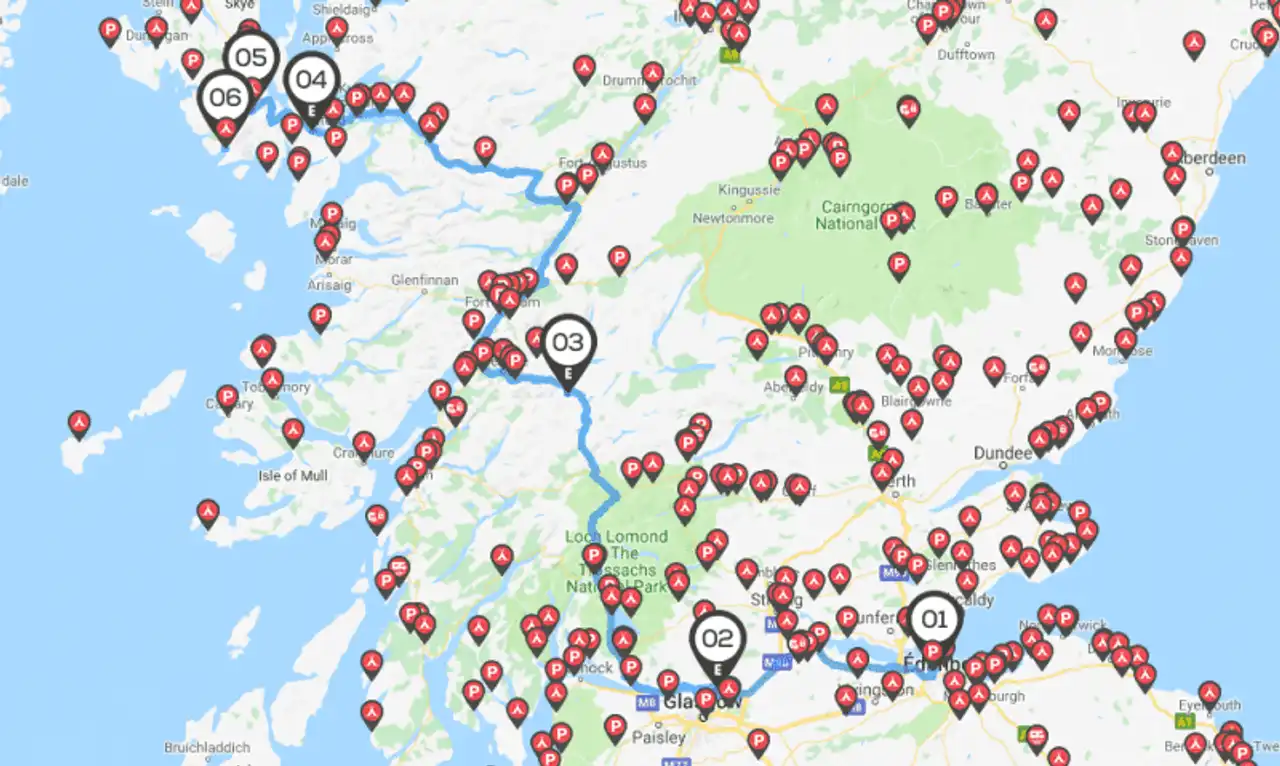
Photo credit: Caramaps
- 15 days: the same route, the more the Speyside region and the Whisky distillery route (Dufftown, Glenfiddich, Glen Grant, Knockando, Cardhu, etc.), Aberdeen (brewdog craftsmen), Inverness, Perth, Stirling, Glasgow,
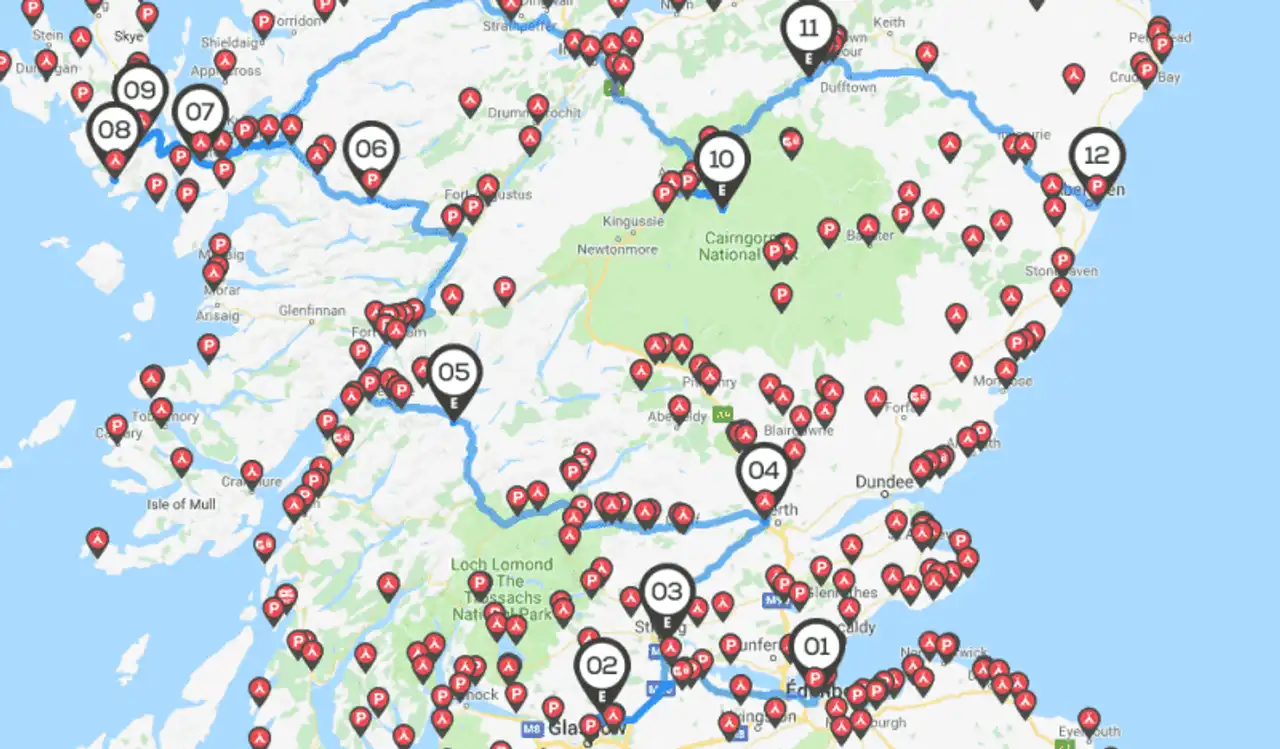
Photo credit: Caramaps
- 30 days: The same route, plus Thurso, the castles, the Glenfinnan viaduct, Mull Island, Islay Island, back to Edinburgh and Arthur’s Seat.

Photo credit: Caramaps
This list is only indicative and far from being exhaustive on everything in Scotland. We strongly advise you to go to the island of Skye and to Glencoe by visiting Scotland on a camping-car or van. If you like hiking, warm your calves because the trails can be steeped in places, but once at the top, you can enjoy amazing views with surreal light games. In hiking, do not miss the famous " Old Man of Storr and The Quiraing, both impressive.
How and where to rent a motorhome in France?
It is now easy to rent a motorhome in France. How? By passing through interrelationship platforms between tenants ( yourself) and particular camper owners as Yescapa For example.
How does it work?
-
Start by choose the motorhome in your city (For example Bordeaux, Nantes, Toulouse, Paris, Montpellier or Marseille).
-
Careful choose unlimited mileage, to check the number of beds available and if it is possible to travel abroad.
-
Perform one online rental request and share your travel information (dates, rental options, mileage, etc.) to the owner.
-
If your application is accepted, you will have after payment access to the owner's contact information to set up a First meeting.
-
On the day of departure, present your driver's license and pour the bail.
-
L’status of premises is executed and a lease is signed between the two parties. On return, after having made an unforgettable road trip, sign the state of the return places and the tour is played!
Rent a motorhome near you
How and where to rent a motorhome in Scotland?
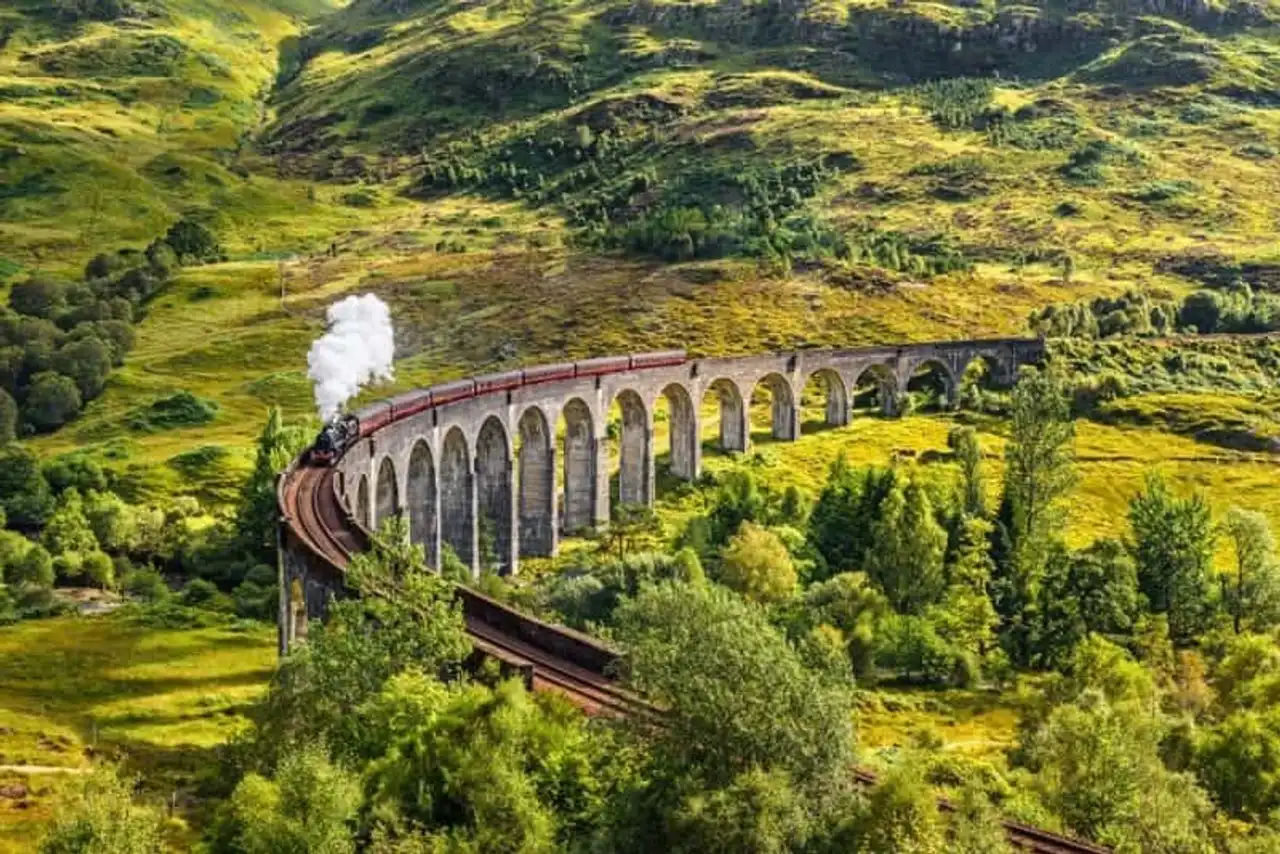
Photo credit: De Nick Fox/ Shutterstock.com
Before landing to visit Scotland on a camping-car, it is recommended to make an online reservation. And yes, it would be a shame to arrive in Edinburgh, Dundee or Glasgow and to discover that there is no vehicle available in any agency, or worse, that the rates have climbed up.
To have a camping-car, we recommend you go through a rental platform for motorhomes and vans arranged online. These sites are now numerous on the road-trip and wild camping market. The principle is simple: you choose the desired vehicle – depending on the daily price, the type of camper/van/van fitted, the equipment of the vehicle -, you send an inquiry to the owner.
Last step: After the online payment, you receive a confirmation email and here you go to visit Scotland on a camping-car!
Book your motorhome in Scotland
Driving in Scotland on a motorhome: traffic rules to be known

Photo credit: De Susanne Pommer / Shutterstock.com
You knew it, driving in Scotland was done left , as everywhere else Ireland and the United Kingdom. It is not difficult to drive in Scotland but we must be more careful because all our French driving reflexes are reversed. Speed box and hand brake on the left, driver seat, right-hand crosses and overpasses, roundabouts in the hourly direction... Driving in Scotland imposes an additional concentration level. If it is easy to adapt to the left drive, Scottish roads are not wide. The road network is in very good condition but the crossing is sometimes difficult, especially between a motorhome or a fitted van and a bus or a heavyweight.
We only count three main axes in Scotland, from Glasgow to Inverness (A82), Thurso in Edinburgh (A9 and M90) and Glasgow in Edinburgh (M8). You will take them by coming to Scotland by camping-car or by furnished van because these roads cross major tourist attractions such as Loch Lomond Glencoe, the Loch Ness and go to the Highlands islands. They are very frequent and are also two-way roads.
Prudence therefore, if you do not control the width of the vehicle! In addition, on the secondary (isolated) roads of the country, there are very many " passing place » , storage on the bottom side to allow the vehicle to cross. Rest assured, the Scots are generally very courteous and quiet while driving, despite some speed lovers.
The road code is substantially the same as in France, except a few typical nuances in the UK: no priority on the right . Refer to the marking on the ground, which often prompts to slow down (marks) slow or reduce speed now are frequent) or give priority ( " give way." You must of course have your driver’s license, the gray card and the vehicle’s insurance available. The speed limits are indicated in Miles per Hour (MPH) and these are:
- In agglomeration: 30 mph (48 km/h), sometimes 20 mph (32 km/h) near schools,
- Out of town: 60 mph (96 km/h), sometimes 40 mph (64 km/h),
- Separate roadways: 70 mph (112 km/h).
The speed limits and directions are often indicated on the road: you cannot be mistaken! Attention, it is not uncommon to cross sections where speed is controlled by automatic radar . The maximum permissible alcohol level is 0.5 g/l as in France, two glasses. Although beers in pubs are excellent and at low fermentation, giving them a low alcohol rate, beware if you have to fly!
Note that there are no roads to tolls Scotland. So you can ride without paying but pay attention to the animals on the road, especially at night. Slopes, squirrels, biches, reins and deer come out of the forests at nightfall to water in lakes and rivers. Redouble caution at nightfall: deer, many in Scotland, are almost twice as heavy as wild boars... In the Highlands during the day, it will not be uncommon to cross a few sheep straddling in a slope or crossing the road. Thus, it is better to roll at the pace and be ready to brake quickly.
Camping-car areas in Scotland: where to park?

Photo credit: De Lukassek / Shutterstock.com
Where do you park on a road trip to Scotland on a camper or on a van? Almost everywhere actually. Scotland is for many travelers, the country of the road trip in Europe. The population density of Scotland is 67 per km2, but 70 per cent of the population lives in the Lowlands, between Glasgow and Edinburgh. So we can. station almost any where on this vast land of a preserved nature. Moreover, you can park and sleep wherever there is no ban. Because sometimes we cross panels indicating " no overnight parking".
If it is tolerated to make camping wild outside the beaten path or bivouaquer on the side of the road near a lake, on a parking lot, in short, to sleep peacefully, some rules of bivouac However, if we do not want the Scottish law to imitate the one that prevails in Austria, Hungary or Germany in this area. A basic rule: leave nothing behind . It is better to leave a "spot" already borrowed to look for another one and avoid overpopulation (and possible pollution).
There are places to park to sleep almost everywhere, between the car parks or areas along the roads. As in all countries, it is recommended that you avoid being too close to dwellings or, if possible, requesting permission from the land owner.
To find an effective spot and find a perfect place, there are websites like Campercontact or Caramaps, but also the travelling Bible: mobile app and website Park4night .
How to get to Scotland on a motorhome?
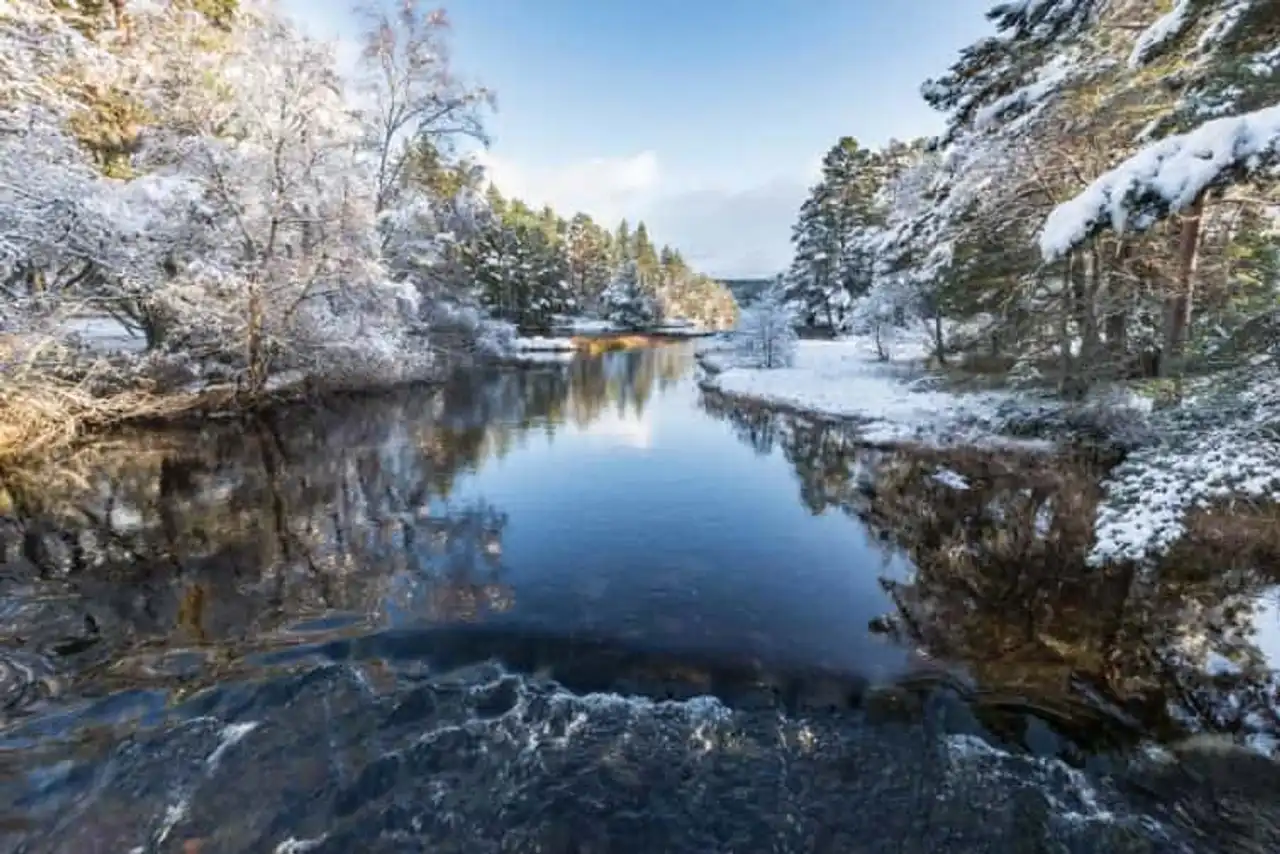
Photo credit: Shutterstock – Jan Holm
Scotland is located opposite all landing ports, located in England. You therefore have the embarrassment of choice once you arrive on the edge of the Channel or the North Sea. Whatever happens, there will be a lot of way to do, about 8 hours drive!
Those who prefer a crossing from Brittany or Normandy can choose Britanny Ferries. It offers departures from Caen, Le Havre, Saint-Malo and Roscoff, with destination Portsmouth, Poole and Plymouth. Unless you wish to pass through Wales, it is not recommended to land in Plymouth, too far west.
Travelers wanting a shorter or cheaper crossing, direction Calais. The company P✱O Ferries allows us to take us to Dovers. You prefer the train? From Calais, you can take the Eurotunnel and your vehicle will wait for you on arrival at Folkenstone.
Do you hesitate between Normandy and the Côte d’Opale? DFDS serves Calais, Dunkerque and Dieppe, to Dovers or Newheaven.
For 2 to 3 hours, the crossing costs about 200€ for a return trip for a motorhome, van or van, with the exception of P facingO Ferries, tariffing the crossing Calais – Dover 85€ for a camper.
The crossing of England offers beautiful discoveries and beautiful landscapes, so don’t hesitate to take a break... and to understand the driving on the left!
⛴ in See ferries for Scotland
What is the best time to travel by motorhome in Scotland?

Photo credit: De Lukassek / Shutterstock.com
Scotland is at a latitude of 57° north: its climate is wet, temperate and oceanic , influenced by the Gulf Stream. As a result, precipitation is abundant throughout the year, especially in the Highlands of the west and northwest. Snow is frequent in winter, without holding along the coast. The best time to visit Scotland by camping-car or by furnished van is therefore summer and late spring , although nights can be fresh even in July and August.
Unlike other destinations, the wind will be your best friend here. Because in the absence of wind, wetlands (predominant in Scotland) sprinkled from the soil of the clouds of small voracious insects making their victims mad: the midges, also known as the Highlands mosquitoes. They proliferated between May and September: cover yourself because you will certainly have one!
During our road trip, we had up to 27.5°C in Glasgow and up to 25°C on the island of Skye, without a single cloud, walking on completely dry peatlands: it does not always rain in Scotland! Visit Scotland on a motorhome in June if possible: when high season has not begun yet.
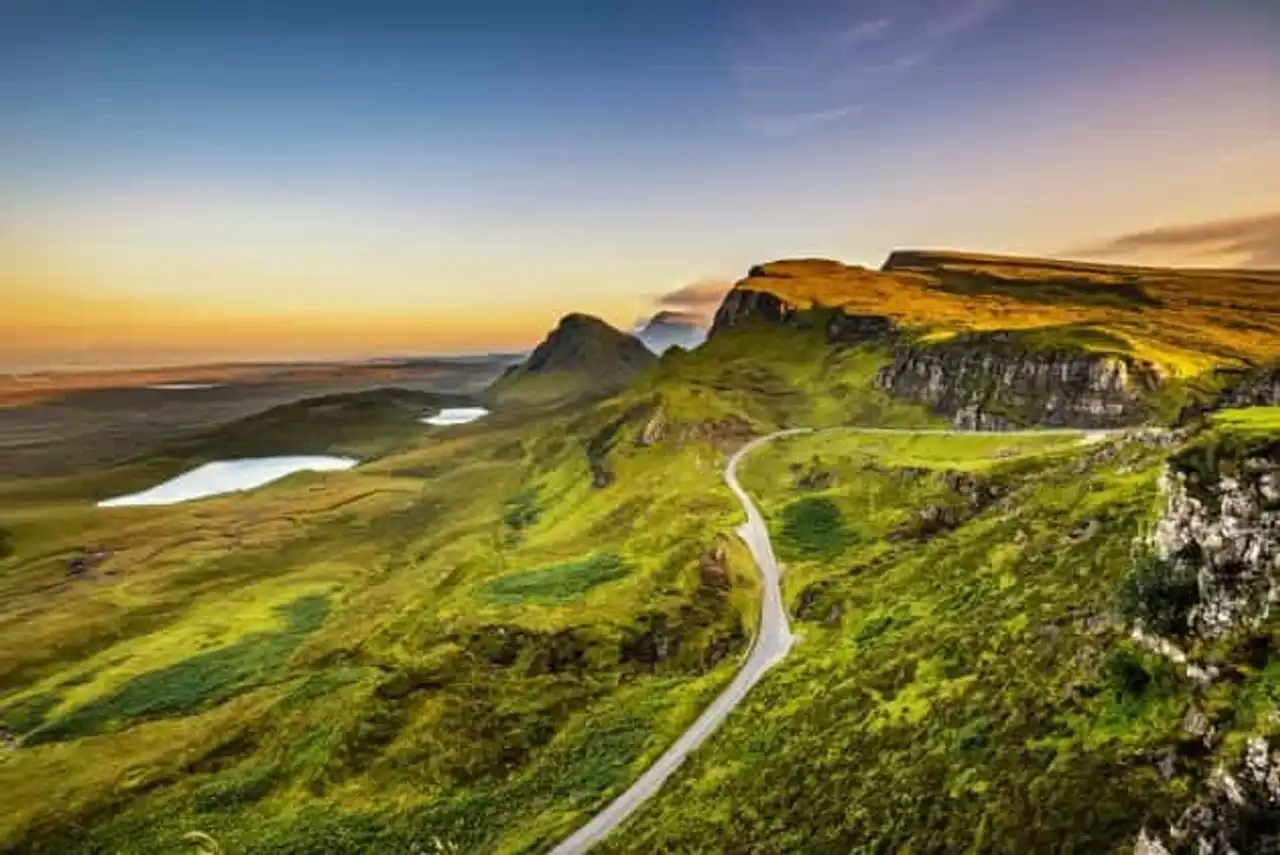
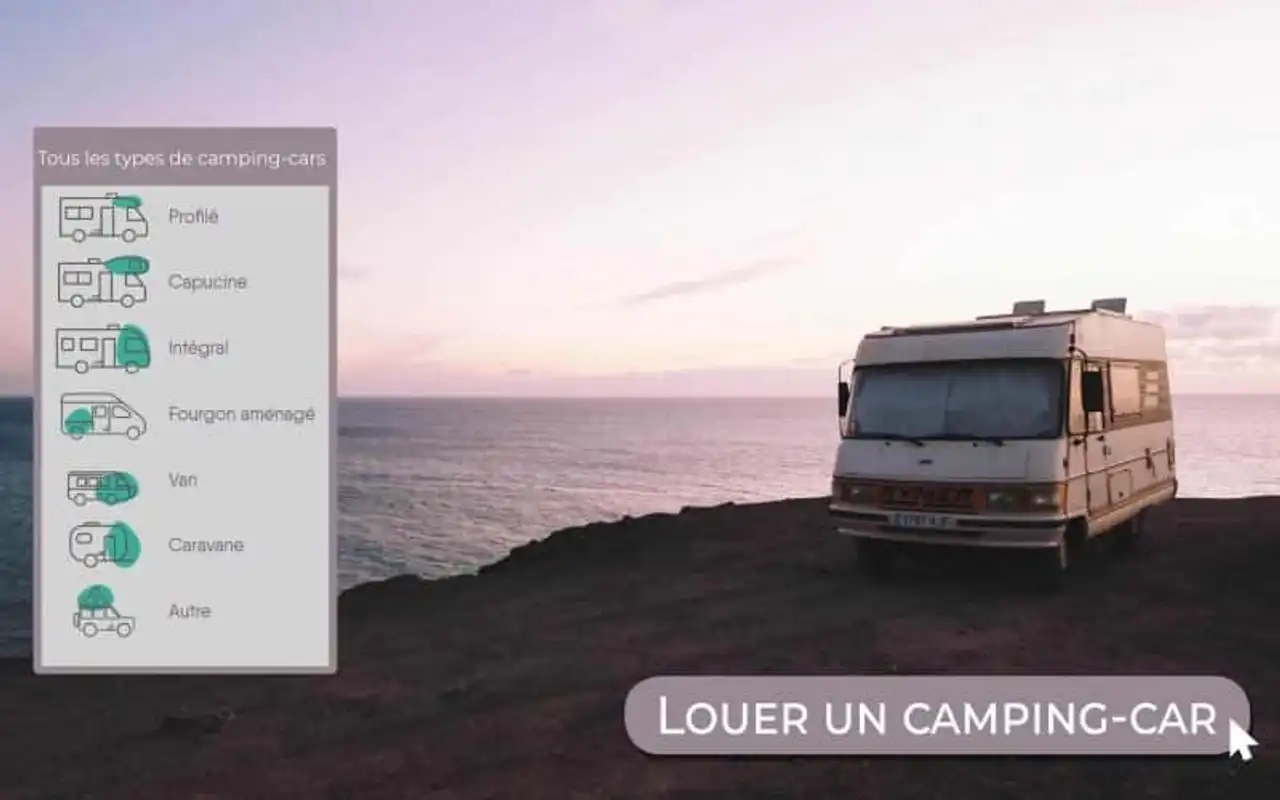




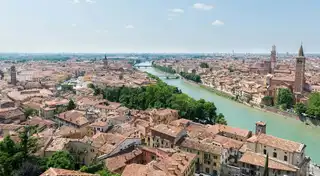
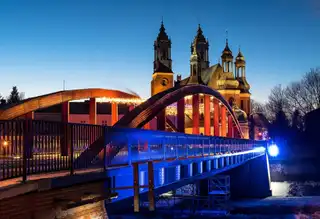
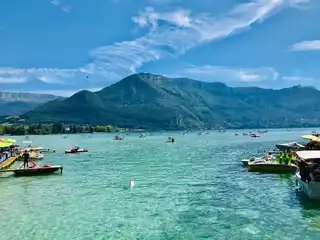
Loading comments ...